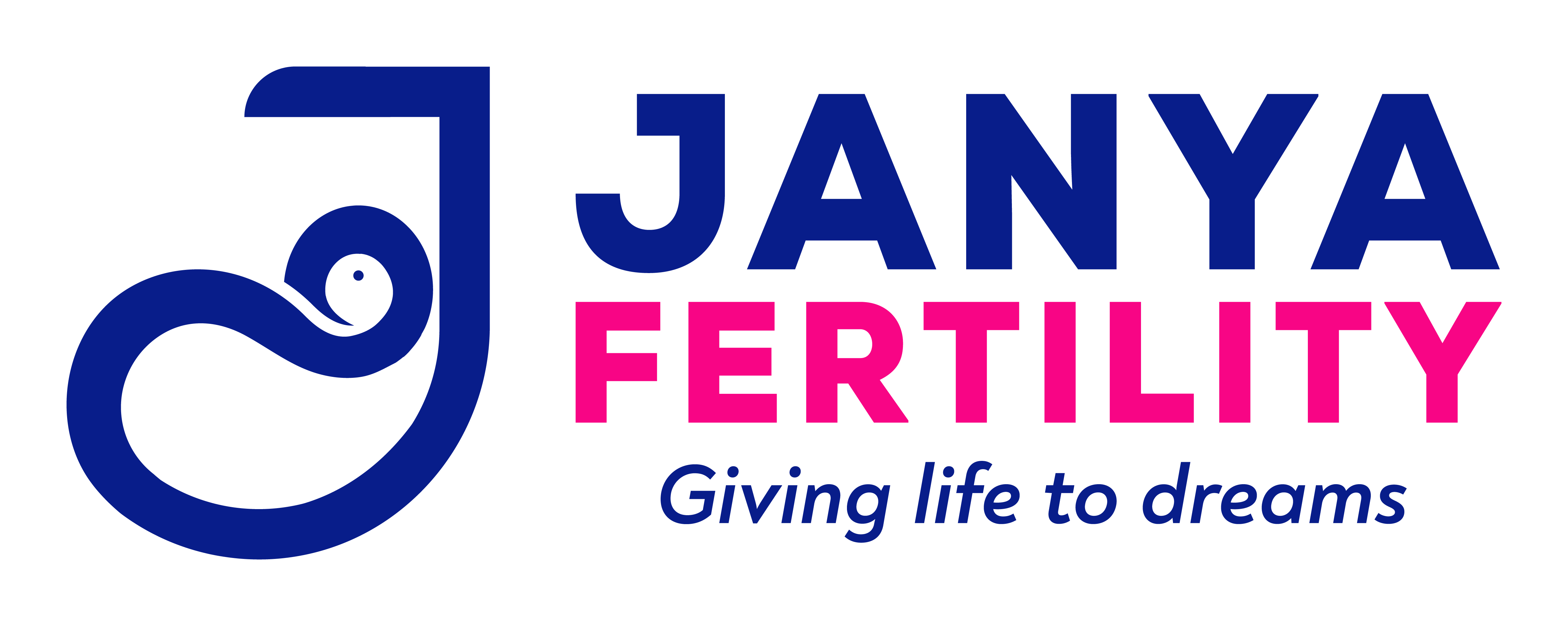A hysteroscopy gives a clear image of a woman’s uterus, providing valuable insights for diagnosis and treatment. Knowing what to expect can reduce anxiety and empower you during this procedure.
Why is a hysteroscopy done?
It is done for the following conditions-
- Abnormal bleeding: Heavy periods, irregular cycles, or unexplained spotting can lead to reproductive health issues.
- Fibroids and polyps: These growths, though often benign, can impact menstrual regularity and fertility.
- Infertility: Investigating potential blockages or abnormalities in the uterus plays a crucial role in infertility diagnosis.
- Other uterine conditions: Adhesions, endometriosis, and structural malformations can also be assessed through a hysteroscopy.
How to prepare for hysteroscopy?
To ensure a smooth experience:
- Fasting: Abstain from food and drinks for at least 6 hours before the procedure.
- Medication: Follow your doctor’s instructions regarding your regular medications.
- Painkillers: Taking painkillers beforehand can help manage potential discomfort.
- Ask questions: Don’t hesitate to clarify any doubts you have before and during the procedure.
How does the procedure work?
Depending on your preference and the complexity of the procedure, you may receive local or general anesthesia. A thin tube equipped with a camera (hysteroscope) is gently inserted through your vagina and cervix into the uterus, offering a real-time view of the interior.
If necessary, your doctor may take tissue samples for further analysis and remove fibroids or polyps via minimally invasive techniques. This way corrects uterine abnormalities to optimize reproductive health.
What to expect after a hysteroscopy?
After a hysteroscopy, you will be monitored while any anesthetic wears off. You might need some pain relief. You can usually go home the same day, although someone should drive you home.
For 24 hours after hysteroscopy, you should not:
- Drive or operate heavy machinery
- Do any heavy work or exercise
- You should use sanitary pads rather than tampons for any bleeding after the procedure.
- Avoid sexual intercourse until 48 hours after any bleeding has stopped.
Frequently Asked Questions (FAQs)
How is hysteroscopy different from other gynecological procedures?
Unlike procedures that involve incisions, hysteroscopy is minimally invasive and does not require abdominal cuts. The hysteroscope is inserted through the vagina and cervix, eliminating the need for external incisions.
Is hysteroscopy a painful procedure?
Hysteroscopy is generally well-tolerated, and discomfort is minimal. In some cases, local or general anesthesia may be used to further reduce any potential pain.
Can hysteroscopy be performed in an outpatient setting?
Yes, hysteroscopy is often performed in an outpatient setting, and patients can usually go home on the same day. In some cases, an overnight stay may be required.
Can hysteroscopy be done during menstruation?
While hysteroscopy can be performed during menstruation, it is often preferred to schedule the procedure during the follicular phase of the menstrual cycle (after menstruation but before ovulation) for better visualization.

